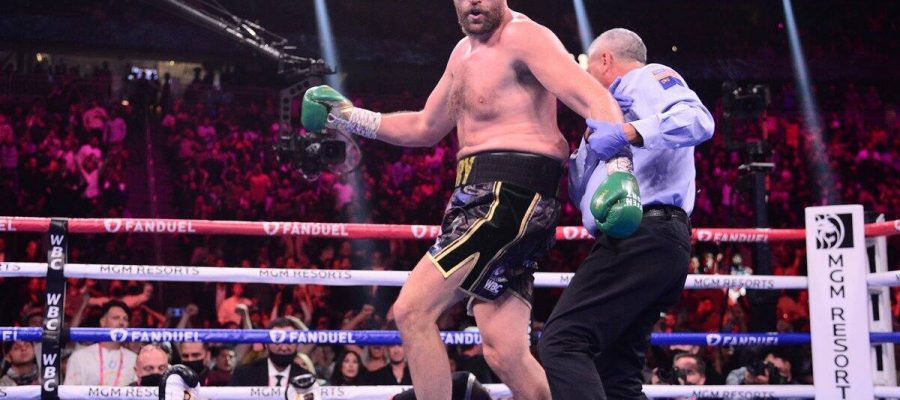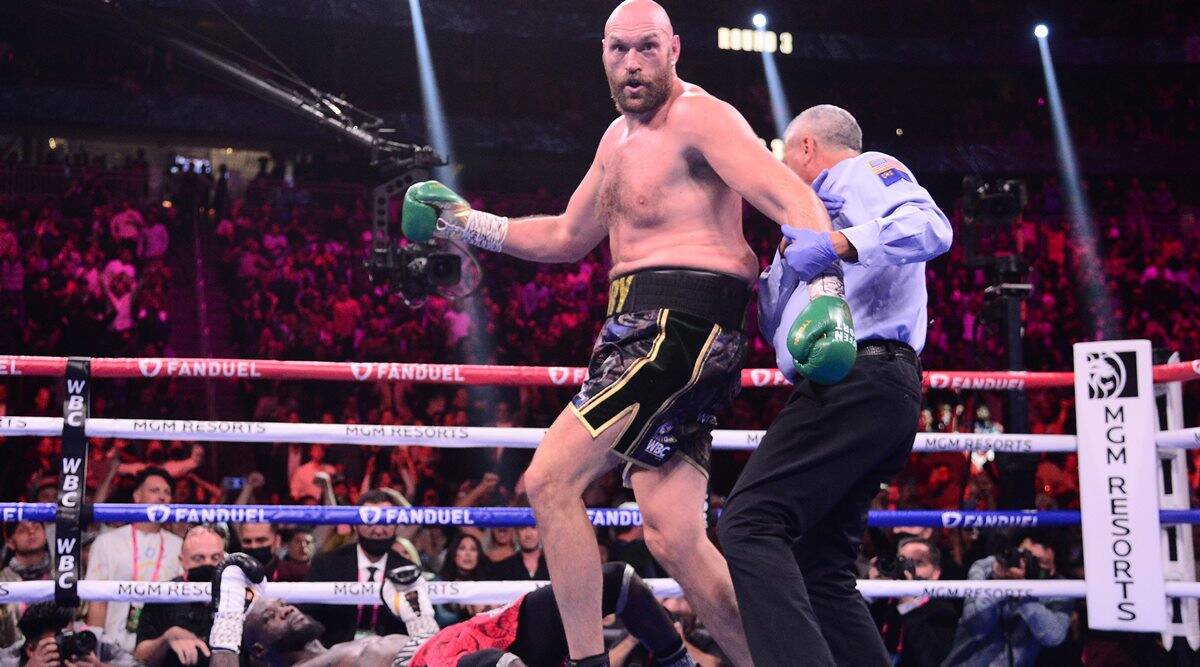For the trilogy fight, both Fury and Wilder doubled down on their strategies, posting career-heaviest weights at 277 and 238 lbs respectively
On Sunday, Deontay Wilder felt the weight of the world champion on his shoulders, and crumbled. The American summed up his defeat to Tyson Fury best. “I did my best, but it wasn’t good enough tonight. I’m not sure what happened,” he said after the 11th-round knockout defeat. “I knew that he didn’t come in at 277 lbs to be a ballet dancer. He came to lean on me, try to rough me up and he succeeded.”
Back in 2018 for the first meeting between the two undefeated heavyweights, Wilder and Fury came in at 212 and 256 pounds respectively. After that exciting draw, Fury parted ways with Ben Davison — the coach who orchestrated his comeback from the wilderness — and joined the Kronk boxing gym.
Kronk, which ran out of the basement of the oldest recreation centre in Detroit, became a household name in the 1970s under the stewardship of Emanuel Steward. Their list of champion alumni includes Thomas Hearns, Hilmer Kenty, Milton McCory, Gerald McClellan and Lennox Lewis, who praised Fury for joining Kronk in 2019.
“Every time you see a Kronk fighter, you can expect to see something special, Kronk fighters do things that no other fighters do and I know that for a fact,” heavyweight legend Lewis said.
But what do Kronk fighters do? They punish opponents by leaning on them, making them carry the weight and sapping their energy. Steward passed away in 2012 but his nephew Javan ‘SugarHill’ Steward is carrying the Kronk legacy forward. Javan wanted Fury to come in heavier for the rematch. The Brit thus weighed in at 273 lbs last February.
Wilder too moved up to 231 from 212 for the second fight. But while nobody could accuse the revamped Fury of being aesthetically-pleasing and impeccably-chiselled, a lot of Wilder’s weight gain was increased muscle mass. Punchers are born and not made, as the boxing adage goes. The added mass didn’t exponentially increase Wilder’s already devastating power. Instead, he gassed out quicker, and Fury went to work with the leaning and clinching, earning a stoppage in the 7th round.
Masterplan works
For the trilogy fight, both Fury and Wilder doubled down on their strategies, posting career-heaviest weights at 277 and 238 lbs respectively. It is to Wilder’s credit that his heart and right hand kept him in the fight, nearly finishing Fury. But it was the Brit who finished what he had started in the second fight.
Fury has always been an unconventional, awkward tactician. But he appears to have learnt a few tricks from Emanuel Steward’s golden heavyweights. Like Lewis, he leaned and used the smaller Wilder as a body rest, wearing him down, getting a moment’s rest and setting up combinations with a jab. And like Wladimir Klitschko, he snapped to the back foot, taking the sting out of Wilder’s right hand.
The gameplan inherently employs dirty boxing. The clinches — keeping arms over the opponent’s, putting forehead on their shoulder and holding tight — often devolved into headlocks. Like Lewis, Fury frequently pushed down on Wilder’s neck and snapped him back with close uppercuts. During the last fight, he was penalised a point for the tactic and on Sunday too, he was cautioned. But Fury made Wilder feel all 277 lbs of him and took his legs away. And that’s the Kronk way.
Source: Read Full Article


